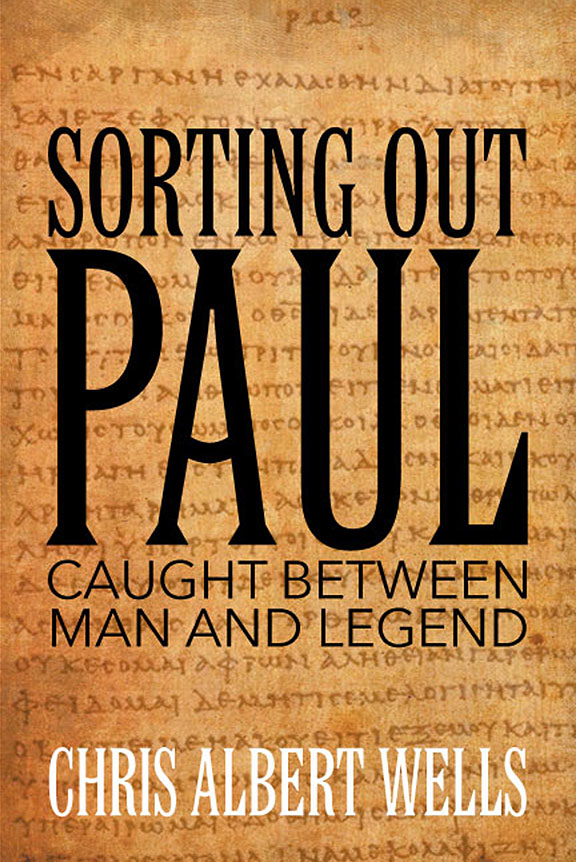About the Book
 This book provides the basis for revising early Roman church history. The second-century confrontations that structured the church were symbolized by Peter, representing the church’s initial Judean legacies, and by Paul signifying the Hellenistic theology.
This book provides the basis for revising early Roman church history. The second-century confrontations that structured the church were symbolized by Peter, representing the church’s initial Judean legacies, and by Paul signifying the Hellenistic theology.
Paul is a key actor whose role cannot be correctly understood without separating the first-century man from his second-century legend. Historical Paul brought to Gentiles a new salvation promise in the name of Jesus, Son of Israel’s Creator God. Legendary Paul belonged to a Christianity that radically departed from the original matrix.
Paul posthumously became an apostle to the second-century Hellenistic “heretics” under Marcion’s guidance who rejected the Messiah’s Judean legacy. The “centrist” Christian group, challenged by Marcion, used Peter’s primacy to defend their cause. Winning an important political battle, centrists created a wide anti-heretical front and established the church’s primary Judean orthodoxy.
Paul losing the keys to Peter but finally occupying a third of the New Testament resumes the agitated history of the early Roman Church. It comprises an initial layer of Judean-influenced orthodoxy Paul rejected as the least of the apostles, completed by a second layer of Hellenistic-inspired orthodoxy, Paul rehabilitated.
The continuing confrontations between Peter and Paul produced important texts, influenced the Gospels, made the church evolve, and falsified church history by introducing traditions that still confuse Christians.Understanding the political battles involved in establishing the Roman Church will help in reading all the texts that went into the Christian Bible with their conflicting ideals.